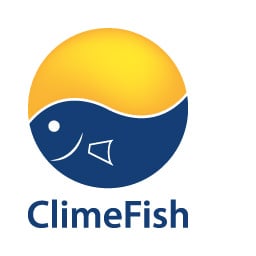Climate warming is predicted to enhance the negative effects of harvesting on high‐latitude lake fish
Journal of Applied Ecology
Smalås, Aslak; Strøm, John Fredrik; Amundsen, Per-Arne; Dieckmann, Ulf; Primicerio, Raul;
Abstract
- Ecosystems at high latitudes are exposed to some of the highest rates of climate warming on earth, and freshwater ecosystems in those regions are already experiencing extended ice‐free seasons and warmer waters. The dominant fish species in these ecosystems are cold‐water salmonids, which play a central ecological role in lake ecosystems, where they are often exposed to size‐selective fisheries that truncate their size and age distributions, making them potentially vulnerable to exploitation and environmental perturbations.
- Here, we address the combined effects of climate‐induced water temperature increase (using regionally downscaled climate models based on the RCP‐4.5 and RCP‐8.5 climate scenarios together with an air‐to‐water temperature model) and gillnet harvesting, over the period from 1950 to 2100, on the somatic growth, demography and vulnerability of Arctic charr Salvelinus alpinus (L.), using an eco‐genetic individual‐based model. The model captures successive annual life‐history events, including the key processes of size‐dependent mortality, age‐ and size‐dependent maturation described by a probabilistic reaction norm, temperature‐dependent growth, size‐dependent reproduction and density‐dependent recruitment.
- Our model predicts that higher water temperatures will increase the somatic growth of Arctic charr, leading to larger body size at age and increased stock biomass: for RCP‐8.5, we predict an 80% increase in stock biomass in the year 2100 relative to the year 2000 in the absence of fishing. Interestingly, this potential increase in biomass in future climate scenarios will be partially masked by harvesting: for a fishing mortality of 0.3 year−1, we predict a mere 40% increase in stock biomass in 2100 relative to 2000. Despite the predicted increase in stock biomass, yield will increase substantially only when fishing mortality is low. In addition, climate warming will accentuate the age‐truncation effect of harvesting, which will target younger individuals, including immatures, thus elevating the vulnerability of the population to environmental perturbations.
- Synthesis and applications. Our model‐based analyses highlight the combined effects of climate change and size‐selective fishing, emphasizing the emerging vulnerability of fish populations to multiple stressors. We recommend carefully climate‐adapted management strategies permitting only a narrow range of gillnet mesh sizes for inland fisheries at high latitudes.
